Haworthia limifolia is something of an enigma in that both it and Haworthia koelmanniorum are geographical rather isolated from the rest of the genus. The latter is confined to a small area around Loskop Dam and Groblersdal in what was the old Transvaal province. H. limifolia is much more widespread and occurs from the southern Kruger National Park southwards through Swaziland in to Northern KwazuluNatal. It was described by Rudolph Marloth from a specimen very loosely said to have come from “west of Delagoa Bay”. No one has ever managed to tie the species down in terms of geographic origin, and the Flowering Plants of Africa (55:24-29, 1997) description of the typical var. limifolia, depicts it as the var. gigantea. My own fieldwork and observations of material of known field provenance show that this var. gigantea and the var. striata are surely synonomus. Neither of them could truthfully said to be from “west of Delagoa Bay”
The var. arcana is another matter and a very curious one too. It does come from a place very close to the old wagon routes serving the goldfields of the Transvaal viz. near Hectorspruit. However, plants from there do not seem to match Marloth’s original description, and there is some confusion about the question of the “tuberculate” versus the “non-tuberculate” of that original description. Having seen plants which I think are truly non-tuberculate and yet with the file-like ridges across the leaves, I do not think var. arcana fits the bill for the typical variety. When I first saw a specimen of this variety in the Pretoria Botanical Garden while David Hardy was still there, I would also have plumped for a new variety based on its odd colouration. However, that specimen I saw was very olivaceous and I would have named the variety accordingly. The plants which Crouch and Smith collected of var. arcana are more brown coloured.
I was fortunate enough to be able to spend some time in Swaziland and Mpumalanga (Transvaal Lowveld) in 2002 looking for H. limifolia. One of my aims was to see the var. arcana in habitat, and the other to re-locate F. Venter’s collection of a glabrous specimen from very near the same place. The material of Venter’s was illustrated in “Haworthia Revisited” as var. ubomboensis.
Fig.1 is P.J.Hurter’s 105 of var. arcana from the type locality and Fig.2 is a specimen of Neil Crouch’s ex Bridgewater Nursery, Durban, also from type locality (approximately Hectorspruit – the locality has been variously given as Komatipoort and Malelane. It should also be noted that there are rumours of the occurrence of the species northwards within the Kruger Park, and their is a firm record for Suado Suavo across the border in Mocambique). I photographed the latter Crouch specimen because it is a less tubercled glabrous plant among a few others. It is quite evident from these two pictures that the prominences on the leaves would qualify as tubercles with a little evidence to suggest that they could become concolorous with the rest of the leaf surface and also merge to form the ridges described by Marloth.
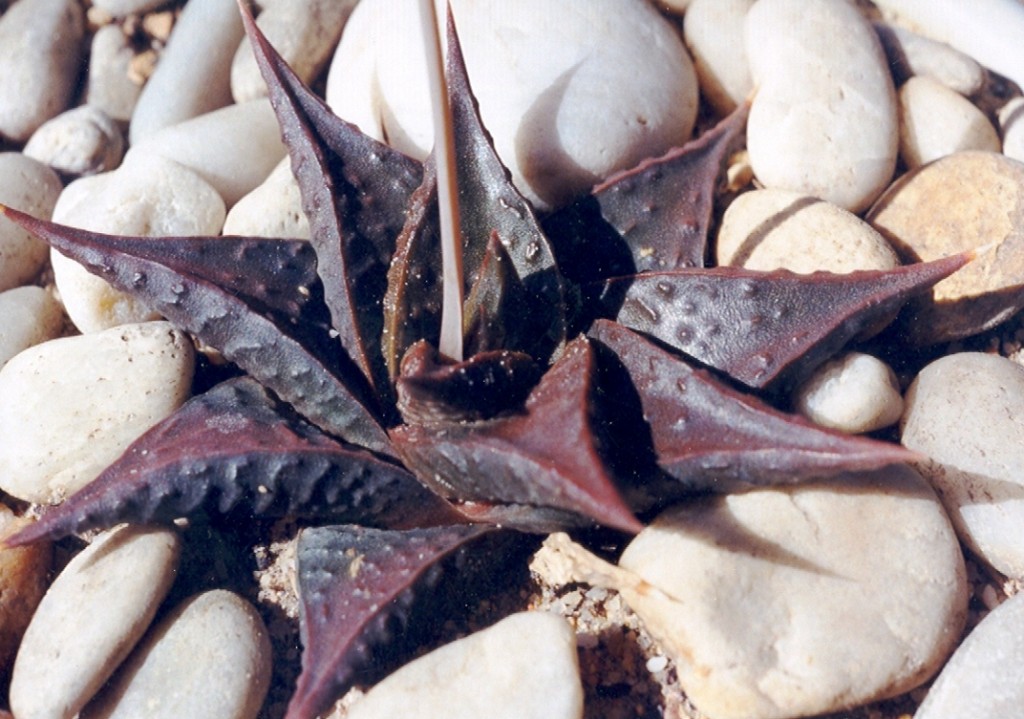
Fig. 1. P.J.Hurter102 H. limifolia var arcana. Hectorspruit 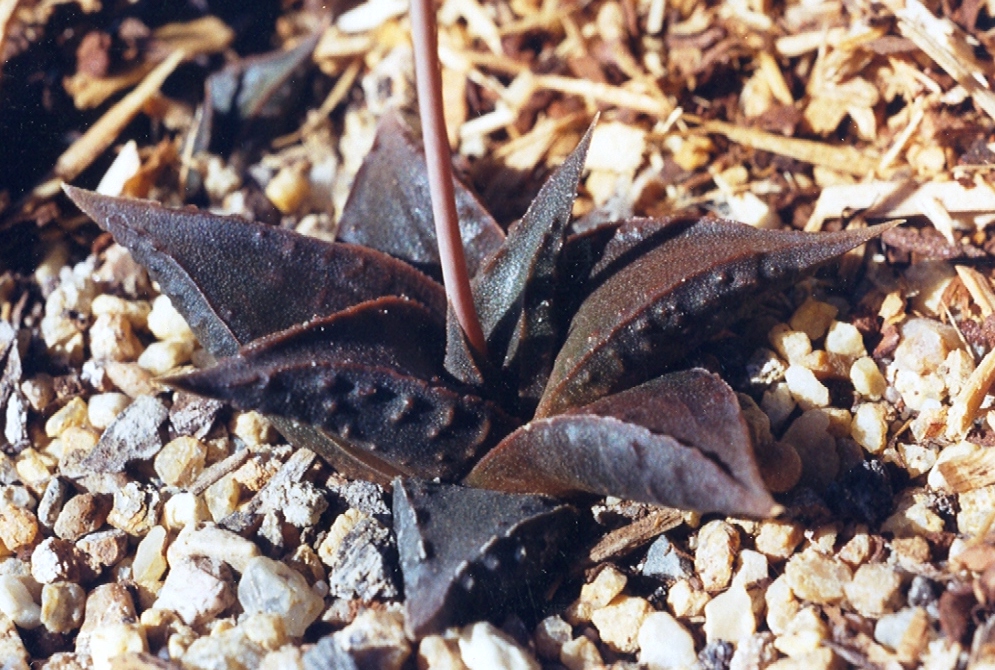
Fig. 2. N.Crouch H. limifolia var arcana. Ex Hectorspruit, at Bridgevale Nursery, Durban.
Fig.3 is my MBB7144 from south of Malelane and about 30km west of the Hectorspruit population. Although there were about 100 rosettes they were in a very restricted area and I suspect that they were all of one stoloniferous clone. The three samples I collected are identical. They are the same size as the arcana specimens but the colour is darker and the brownish tint is absent. Fig.4 is my MBB7144 from about 2km to the south-west and again there were only about 15 rosettes in a situation which suggested plainly they were clonal. The plants are larger, the tubercles concolorous and there is a stronger tendency to banding. My MBB7145 (fig.5) is of Fanie Venter’s glabrous element (I have named it elsewhere as var. glaucophylla) from the top of the Three Sister’ mountain. This is about 1,5km from MBB7145. My collection seems to not be from the same precise locality as that of Venter’s and I do suspect, although the plants were plentiful and scattered over a small area in very rough terrain, that the population is derived from vegetative proliferation. My attempts at pollination have so far not been successful and I need to try and pollinate the Venter plants with my own.
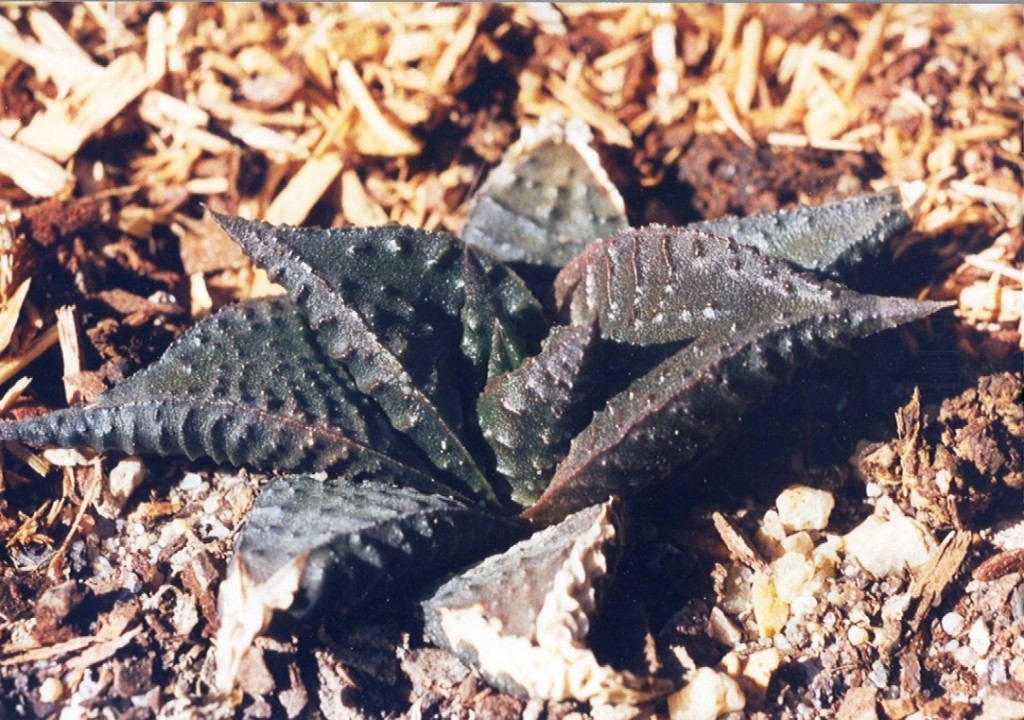
Fig. 3. MBB7143 H. limifolia var arcana. Boondoks, Barberton. 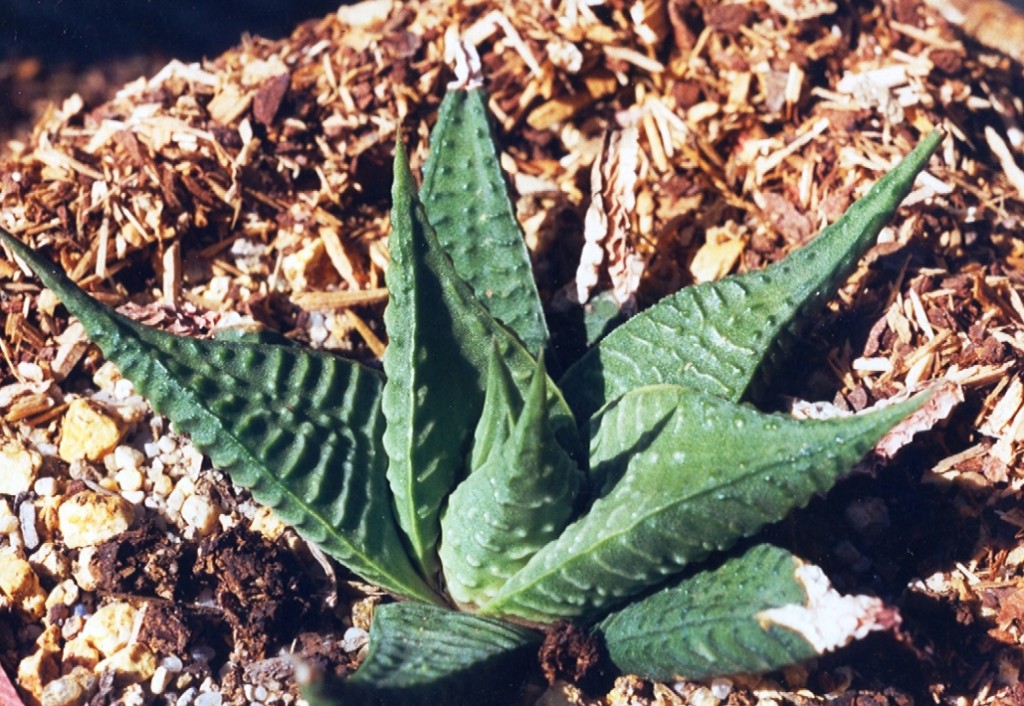
Fig. 4. MBB7144 H. limifolia var arcana. Manders Dam, Barberton. 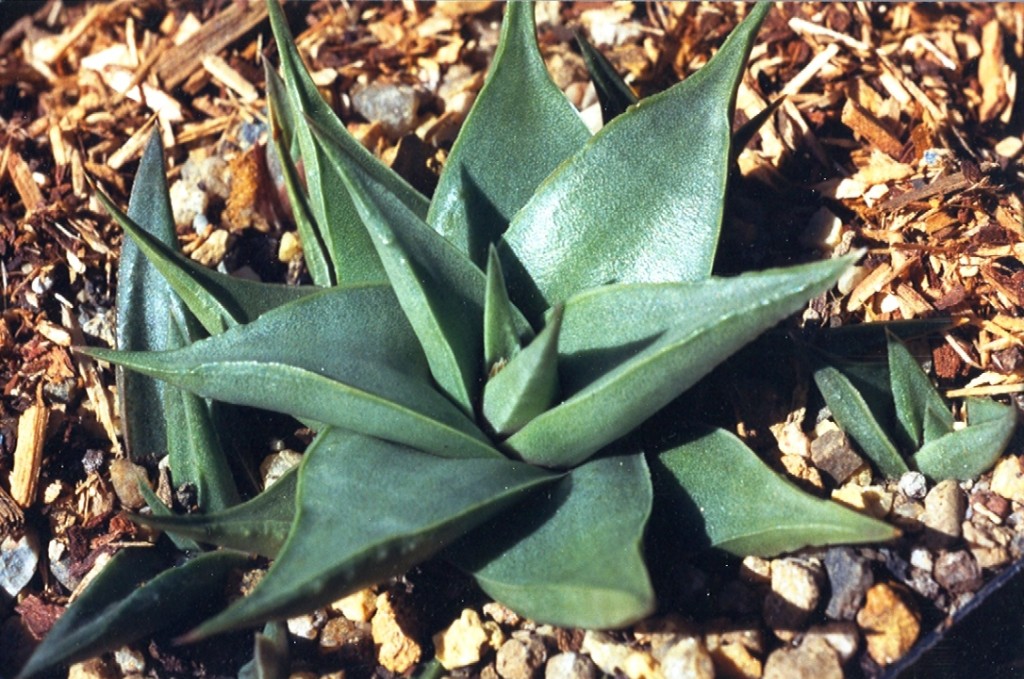
Fig. 5. MBB7145 H. limifolia var glaucophylla. Three Sisters, Barberton.
Lastly I have MBB7142 (fig.6) from very close to Barberton itself and MBB7141 (fig.7) even closer. These I refer to the typical variety. It is highly improbable that these are related clones because of the distance and terrain separating the populations. However, the plants are so consistently alike within and between the populations that it is a possibility that cannot be ruled out. In the previous chapter I illustrated a F.Stayner collection from near Barberton which is very similar to these two collections of mine. Stayner gave the locality as “Barberton Airfield”. This, given the nature of the terrain, is highly unlikely and it appears to me that Stayner was in fact referring to an airstrip near Kaapmuiden, and very close to Three Sisters. The leaves of the plants are more barred and file-like, but there is till a strong tendency for the coalesced tubercles on the upper leaf surface to be broken down the mid-line This could impact on the integrity of the plants in that area being a geographical entity. I have not been able to successfully pollinate between plants within those Barberton collections and have not tried between them. Although I have plants of var. arcana from three sources, I have also not been able to get them to set seed and it is possible that they are all clonal in origin. This may be true for the original locality too, although it is reported that there are many plants there, and the clone I photographed from Crouch’s sample appears to be different from the other specimens I have.
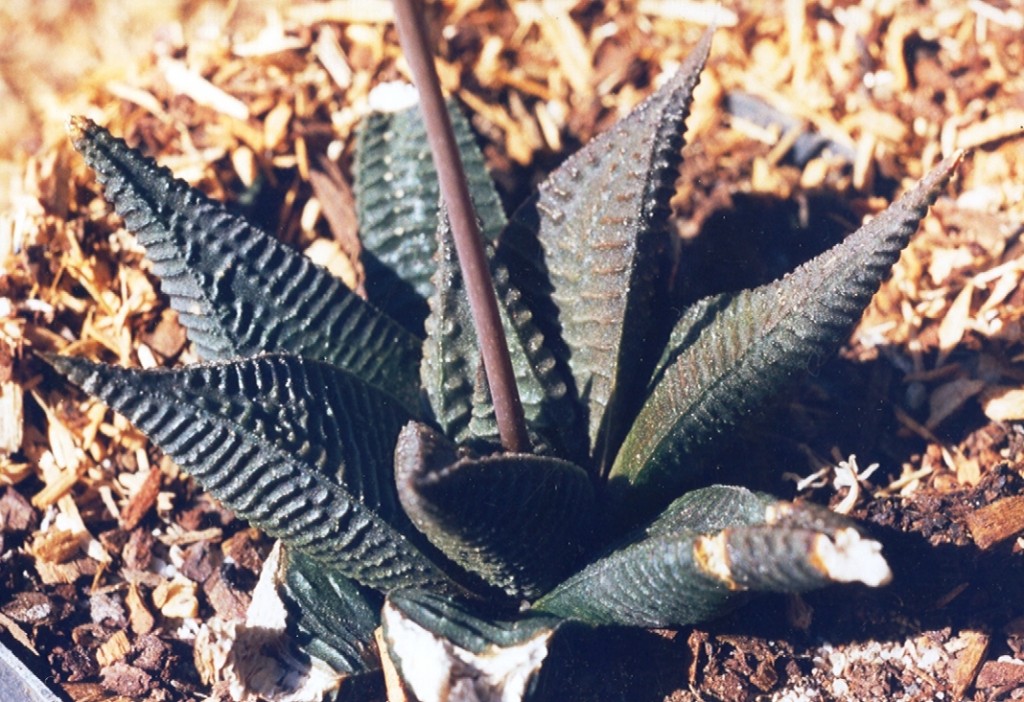
Fig. 6. MBB7142 H. limifolia var limifolia. May’s Mine, Barberton. 
Fig. 7. MBB7141 H. limifolia var limifolia. Rymer’s Creek, Barberton.
I have no conclusion to draw other than to say that the problem of genera in the Alooideae is a reflection of the problem in the lower ranks. Alternatively it should be stated in the converse. This may help cladists to better appreciate that building a phylogenetic classification from only the top down probably will not satisfy ordinary people who will use the classification. Where the subgenera are unequivocally (notwithstanding anything Dr Hayashi has to say in this regard) recognisable on the basis of the floral structure, the species are not. Thus even in the subgenus Hexangulares it is difficult to know if all the species satisfy the requirements of definition. For example H. coarctata and H. reinwardtii, or H. attenuata and H. glabrata, may be synonymous. Even H. koelmanniorum and H. limifolia may be so. A species such as Haworthia pungens (fig.8) also creates problems because of the similarity to Astroloba on the basis of the leaf spirals approaching 5-farious, and the smoothness and rigidity of the leaves. It may well be that vegetative is more compelling than floral structure, and this has to be very carefully considered when speculating about true phylogenetic relationships.
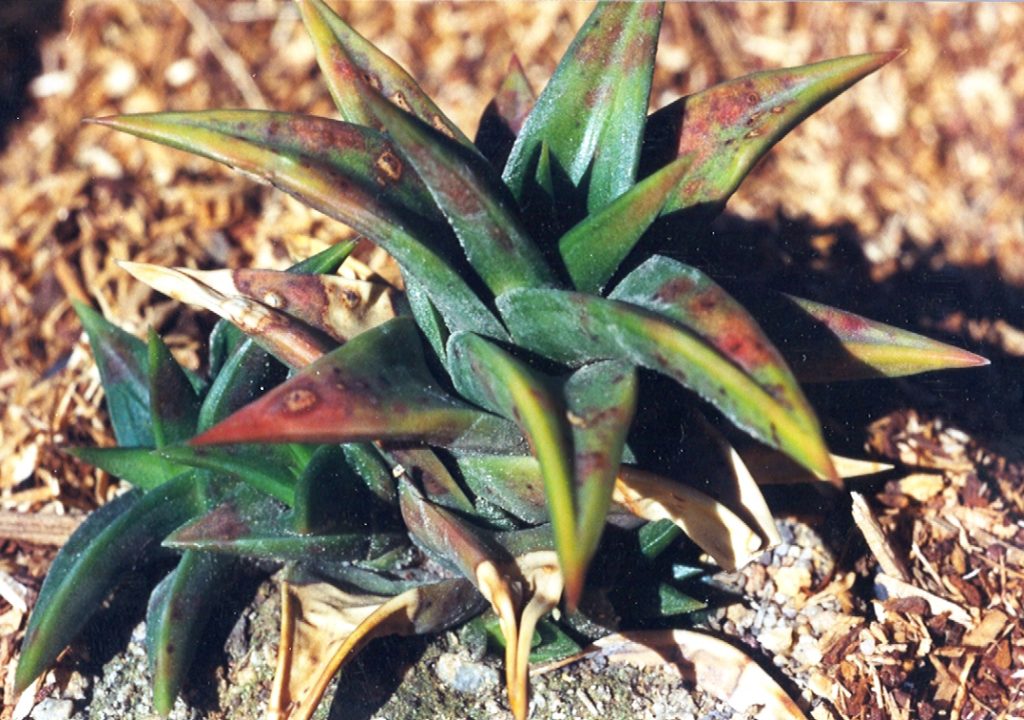
Fig. 8. JDV96-100 H. pungens. Braamriver, Joubertina.
